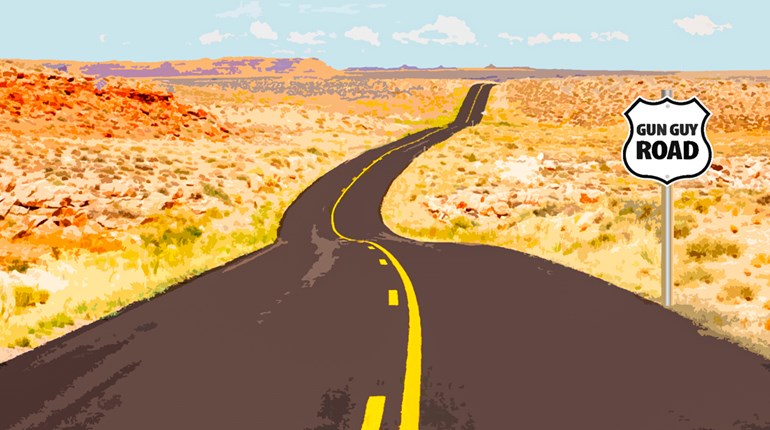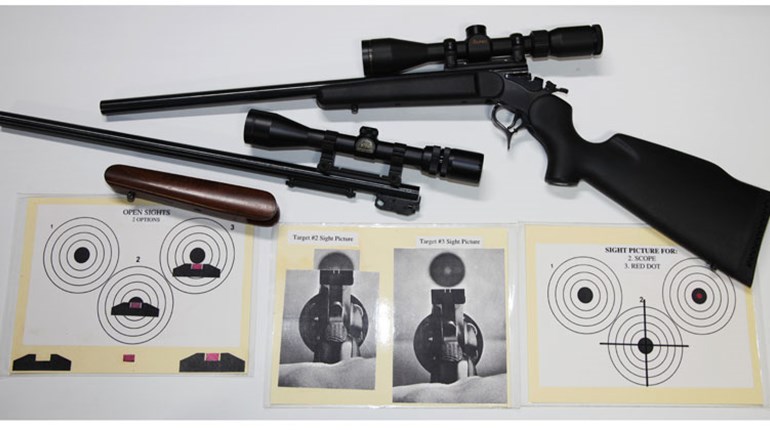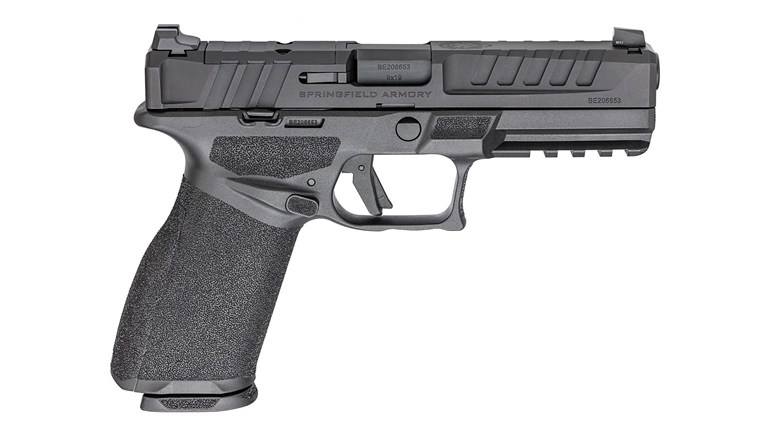
Spectators and shooters must have eye and hearing protection (most use foam plugs or injection-molded earplugs; children can use plugs and earmuffs). Shooters need to have a properly fitted gun belt with two holsters and a shot-shell belt or bandoleer. Local clubs often present an introductory class; there might be someone promoting the sport who will take you under their wing and let you "try before you buy"-sharing their collection of firearms as well as tips and suggestions.
Unless a family member is exceedingly tall or tiny, a set of cowboy guns can work for more than one shooter. (In fact, all 11 members of a club near Fredericksburg, Va., used the same shotgun.) It is not required that your pistols and rifle be of the same caliber, but it does make sense for easier inventory control, from a reloading standpoint, or if you handload your own ammunition.
All firearms must be designed to fire using an impact mechanism such as that required by centerfire primers, rimfire primers, or percussion caps. Using blackpowder (and smokeless powder equivalent) is allowed and there is a separate category for it.
Even though these pistols can hold six rounds, only five rounds are loaded in competition(at the designated loading area), and the hammer rests on an empty chamber. You will need two revolvers, whether originals or replicas. They must operate as intended by an original pre-1900 design and function in a safe manner. The most common calibers are .38/.357 and .45 Colt. Also allowed are .32-20, .38-40, .44-40, .44 Russian, .45 Schofield, .44 Special, .44 Magnum (downloaded), and .45 ACP. The firearms you will see in use are Colts or Colt clones, Schofields or new Model #3 reproductions, Ruger Vaquero or Blackhawks, and Remington reproductions-you may also shoot cap-and-ball revolvers.
Junior shooters in the "13 and under" class may use .22 pistols and rifle. Several of the young people we spoke with were given (new or used) Ruger Bearcat pistols to start, as it is a very small-frame light-weight revolver that fits small hands very well.
In order to plan for ammunition, a one-day match is usually comprised of six stages (also called scenarios or sequences) which are each "10 – 10 – 4" meaning a minimum of 10 rifle, 10 pistol and four shotgun rounds will be needed every time you come to the loading area. Since "a dropped round is a dead round," it is helpful, especially in the beginning, to have at least one extra pistol round and a few extra shotgun cartridges on your belt or in a pocket when you come to the line in case you fumble shotgun loading (on the clock), need to make up a shotgun miss (if allowed), or you jack out a live rifle round. Requirements regarding power factor are listed in the S.A.S.S. Handbook .
According to S.A.S.S., "Cowboy Action Shooting is a combination of historical reenactment and Saturday morning at the matinee." If you decide to give this style of shooting a try, please take a photograph--and send it to us at NRA Family InSights!







































